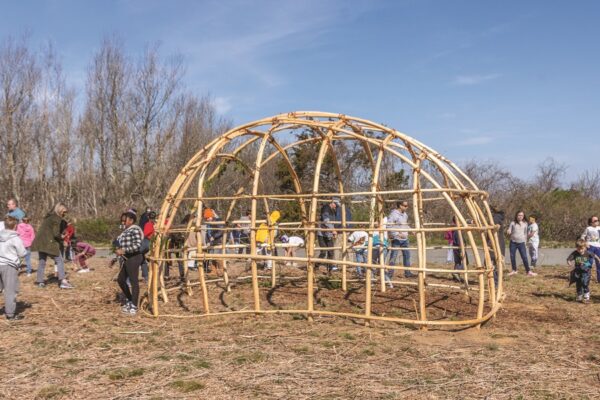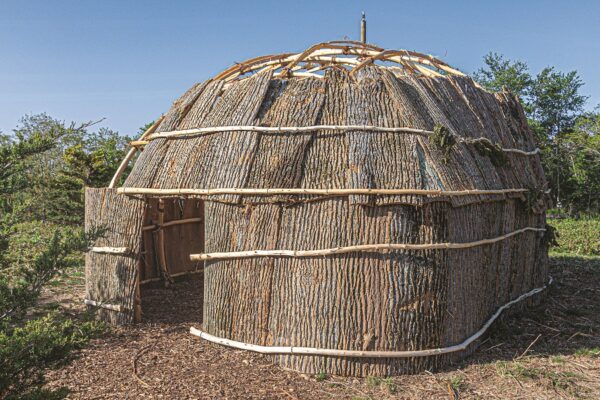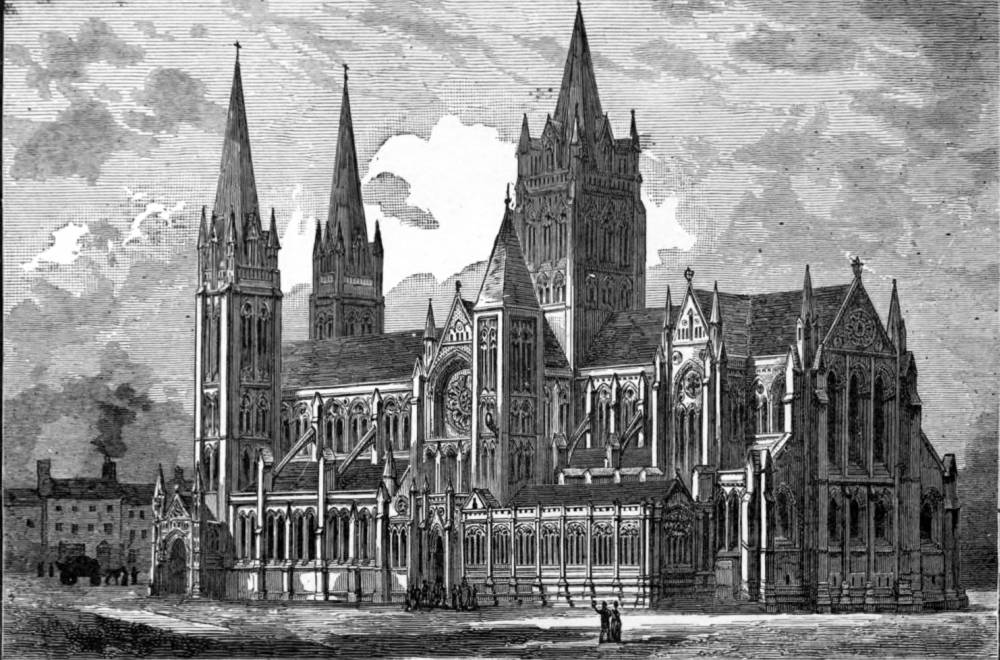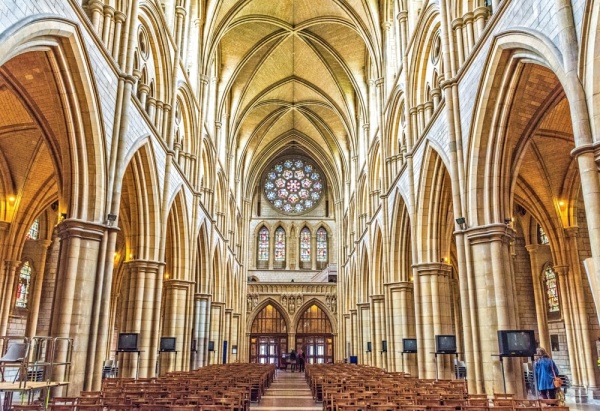My local paper, the Provincetown Independent, recently featured an item about the construction of a wetu in Truro, the village next door to my own here in the Outer Cape.
What is a “wetu”? It’s a small wood-framed structure, “built to withstand Cape Cod’s elements”, that was the traditional dwelling of Cape Cod’s indigenous Wampanoag tribe.
As you would expect, the event was well-attended. We read:
Visitors gathered inside to take shelter from the elements and observe details of the dome-shaped structure’s wood, rope, and bark construction. “It is a beautiful work of art and craft,” said Helen McNeil-Ashton, vice president of the Truro Historical Society, as she opened the ceremonies, noting that the way it was built symbolizes “the connections of family and community.”
Earlier in the day, Cape Cod National Seashore Supt. Brian Carlstrom joined state Rep. Sarah Peake and members of the Mashpee Wampanoag Tribe to offer remarks about the dedication of the wetu. “Having the wetu built on this site recognizes the continued stewardship we share with the Wampanoag people,” said Carlstrom.
Seashore historian Bill Burke locked pinkies with Carol Wynne, a dancer from the Wampanoag Nation Singers and Dancers, and took a turn at the mosquito dance.
Weeden, a member of the Mashpee Wampanoag tribe, involved students and teachers from the Truro Central School in the project, teaching them some of the steps involved in building a wetu.
Here’s a picture of the wetu under construction:
And here’s the finished product:
While reading about this, it occurred to me that there’s a place in England also called Truro, after which our own little town here on the Cape is named. And just like the Wampanoags, the indigenous people of Truro, England, likewise had a knack for building durable, weather-resistant structures out of local materials. Here are a couple of pictures of one they put up a while back — Truro Cathedral — which also holds its own quite well, I think, as a “beautiful work of art and craft”:
So! Both Truros have a lot to be proud of. And it’s good to see that our schoolkids have learned to make a wetu. (I’m sure they’ll be learning all about the Cathedral, as well.)




5 Comments
(I’m sure they’ll be learning all about the Cathedral, as well.)
In its many parts and soon.
That wetu is eerily similar to an outhouse my dear ol’ departed Papaw once put up at a deer camp I had the pleasure of utilizing back about 1962.
“Wetu” being a somewhat ironic name for the thing as the one Papaw put ups distinguishing feature being that had seating for two.
Communal living at its height I reckon.
“Locked pinkies?” Is that a Native dance thing?
As it happens Malcolm I was recently skimming through the late Allan Bloom’s famous 1980s tome The Closing of the American Mind, where the late poly sci professor makes a pertinent point. He argues, in essence, that without a general knowledge of especially the Bible teachers will have a hard time priming the pump and inculcating in their charges an interest in the myriad elements of the Western tradition, for example the Gothic architectural style. It will just be too abstract for those theologically illiterate who are not already precocious or arrive at such realms through more unorthodox means, say Harry Potter novels. Hence the building instead of a wetu, which is much simpler and concrete for young impressionable minds.
And really, I’m not sure too much can be done about this. Religions like Judaism and Christianity are not vehicles for civilization – ultimately – but ends in themselves. (C.S. Lewis makes this argument in his Mere Christianity.) If traditions lose their saliency they cease to be terribly binding, especially with the technological buffet on offer today that dying gods simply cannot compete with.
Hi Jason,
That’s certainly part of the picture, and might have been most of it when Bloom was writing, in 1987.
But a much bigger part of it, now, is our new, leveling religion of cultural masochism and atonement. How dare we celebrate the greatness of our own civilization, as manifested in the English city of which our little town is namesake? To do so would make obvious the colossal disparity in achievement between the white man’s magnificent creation and this primitive hovel — and that would be, for a faith that demands the demolition of all natural hierarchies, an unforgivable sin.